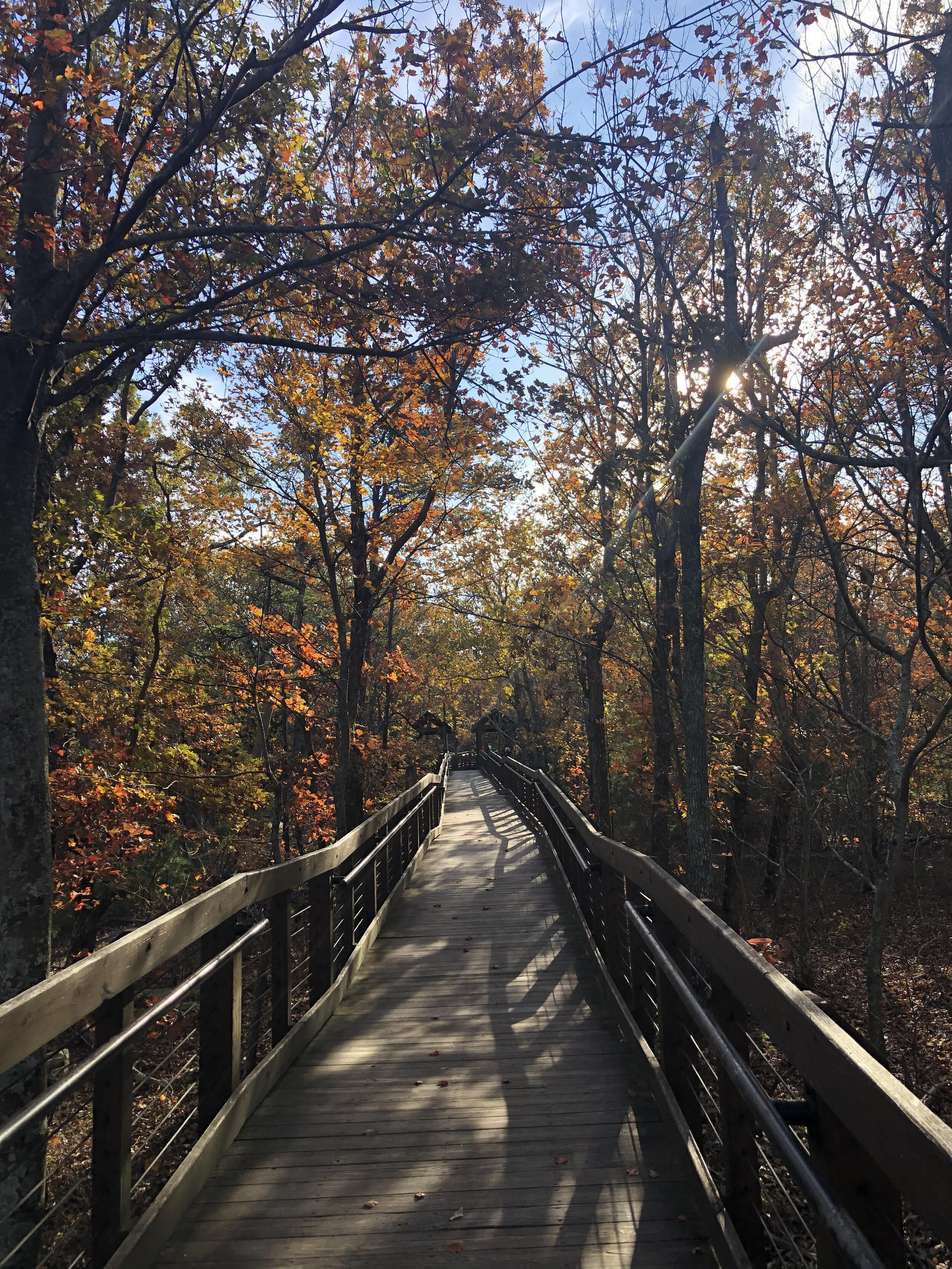
Steps to Implement Accessible and Inclusive Birding
At your local bird club or Audubon Chapter
Below are our suggestions for how to implement accessible and inclusive birding in your local community, whether you’re part of an Audubon chapter, a bird club, or you’re a motivated individual wanting to make change! Make sure you explore the additional Birdability Guidance Documents Access Considerations for Birding Locations, Language Use and Communication tips, and Welcoming and Inclusive Birders.
If you’re a member of an Audubon chapter or bird club, invite members who experience accessibility challenges to work with you on this. Let their experiences inform your work.
Step 2: Read up about access considerations for birding locations
Refer to our Access Considerations for Accessible Birding Locations, or the criteria in the Birdability Site Review Checklist to learn more about what makes a truly accessible birding location.
Step 3: Scope out accessible birding locations to hold your outing
Identify potential accessible sites near you by phone or website, or via the Birdability Map. Don’t forget county, city, State and National parks, and privately owned locations.
National Parks: Information about the accessibility of facilities, programs, and services in each park can be found on the park's website by selecting "Plan Your Visit" in the site navigation. There is an Accessibility Coordinator at every National Park who may be able to suggest trails for you to visit in-person.
State Parks: Each state runs its own state parks differently. Try contacting the State Park Accessibility Office to find out which trails may be worth a visit.
County and City Parks: Each city and county will operate differently. Try the Recreation Inclusion Unit or the main office for information about accessible parks worth visiting. They may run ‘Seniors in the Park’-type events, which may link in with an accessible bird outing.
Step 4: Complete a Birdability Site Review and submit to the Birdability Map
Complete on-site, in-person Birdability Site Reviews of these potential sites, and add them to the Birdability Map. If you’re part of an Audubon chapter, bird club, or a nature center, include the same level of accessibility information on your own website. Link to the Birdability website from your website so visitors can find out about other accessible birding locations nearby (or far away!).
Step 5: Hold monthly accessible bird outings!
Check out our other Guidance Documents (available at birdability.org) for more ideas on how to make sure they are inclusive and welcoming to all. It may take some time for word to get out that you are holding these events, but don’t give up! Consistency is important; even if no one with an accessibility challenge shows up on the day, you can still go birding!
Step 6: Reach out and invite folks with access challenges to come birding
Reach out and collaborate with local disability organizations. Introduce their members or clients who are potential future birders to the joys of birding – that’s what this is all about! Try your local:
Adaptive sports organization, like Southern Arizona Adaptive Sports, who were invited by Tucson Audubon to team up to hold accessible bird outings;
Community-based support groups, including groups for people:
With spinal cord injuries
With multiple sclerosis
Recovering from a stroke
Disabled veterans;
Easterseals, United Way, or chapters of other large organizations who serve the disability community;
School for the Blind, or School for the Deaf;
Rehabilitation hospitals, children’s hospitals or assisted living centers. Connect with the occupational therapists, recreation therapists or horticultural therapists, who are often the best staff to help make this happen (although not always!);
Local libraries, businesses or community groups, such as physical therapy clinics, yoga studios, churches, or Rotary clubs, may be happy for you to put a flyer on their community notice board to promote your events.
Don’t forget the powers of social media and email. You may be able to collaborate with local organizations to help promote or host these events too!
At Birdability, so much of our work is about being welcoming and inclusive to everyone. This includes being inclusive of birders who don’t experience accessibility challenges! However, as the leader of an accessible outing, your focus will be on those birders who do experience accessibility challenges, not on able-bodied birders.
Step 1: Ask the experts and collaborate
If you or your organization found this information helpful for your own work or programs, please consider donating to support our work in creating these resources. Thank you!
A double-sided, printable handout is available if you would like to have hard copies of this information at your site. Please be sure to attribute this resource to Birdability, so others will know where to come to find more!
Photo in page header: Freya McGregor. Taken at Bald Rock Overlook Boardwalk, Cheaha State Park, Alabama.